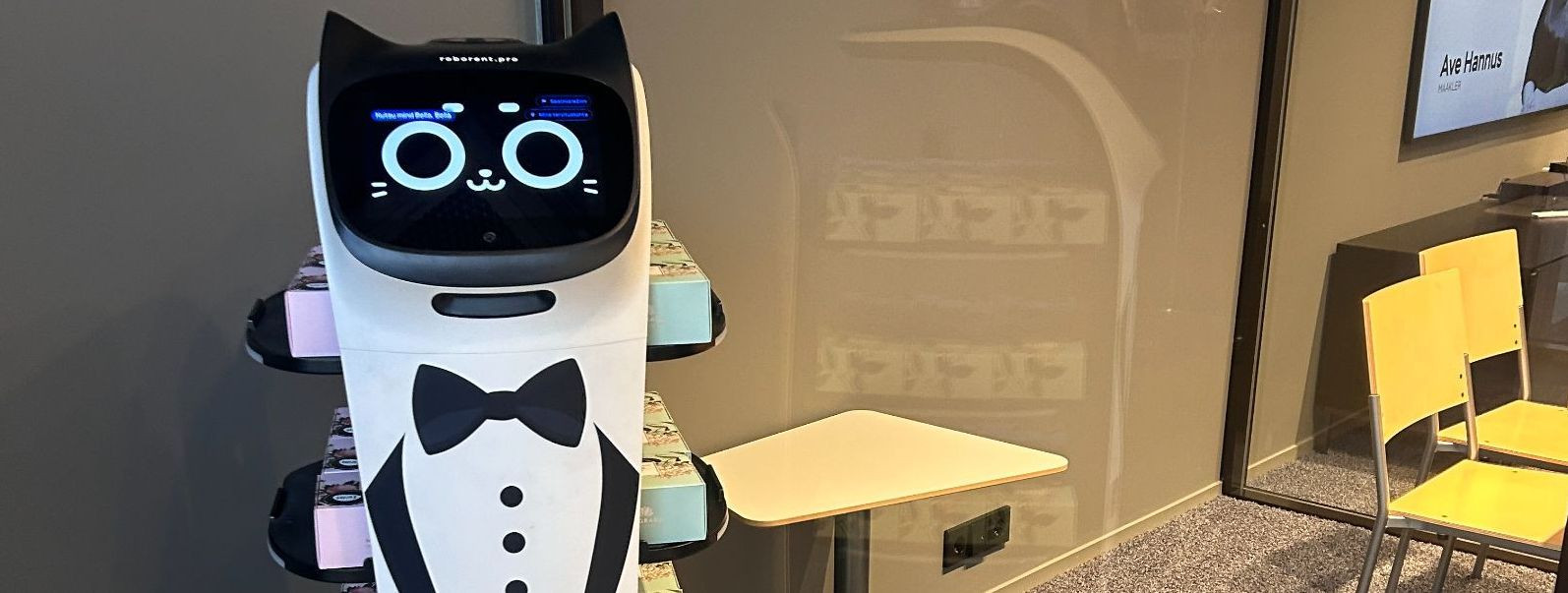How robotics is transforming the service industry
The service industry is undergoing a significant transformation with the integration of robotics. From healthcare to hospitality, and retail to personal assistance, robotics is redefining how services are delivered, enhancing efficiency, and improving customer satisfaction. This technological evolution is not just about replacing human labor but augmenting it to achieve higher levels of service excellence.
2. The Role of Robotics in Healthcare
In healthcare, robotics is playing a crucial role in enhancing patient care. Robots are being used for tasks such as surgery, rehabilitation, and even companionship for patients. Surgical robots, for instance, provide precision and control that surpass human capabilities, leading to better outcomes and faster recovery times.
Beyond direct patient care, robots are streamlining hospital operations by handling logistics, such as transporting supplies and medications, thus allowing healthcare professionals to focus more on patient care. This not only increases efficiency but also reduces the risk of human error.
3. Robotics in the Hospitality Sector
In restaurants, robots are revolutionizing service delivery by taking on roles such as cooking, serving, and even cleaning. This not only speeds up service but also ensures consistency in food quality and hygiene standards. Robots can work tirelessly, ensuring that customer demands are met promptly and efficiently.
Hotels are leveraging robotics to enhance customer experience by using robots for concierge services, room service delivery, and even cleaning. These robots can provide 24/7 service, ensuring that guests have a seamless and enjoyable stay.
4. The Impact of Robotics in Retail
In the retail sector, robotics is automating inventory management, reducing the need for manual stock checks, and ensuring that shelves are always stocked. This automation helps retailers maintain optimal inventory levels, reducing waste and improving sales.
Robots in retail are also enhancing customer interaction by providing personalized recommendations and assisting with product information. This not only improves the shopping experience but also increases customer satisfaction and loyalty.
5. Robotics for Individuals with Special Needs
For individuals with special needs, robotics offers assistive technologies that enhance daily living. From robotic prosthetics to automated home systems, these technologies provide greater independence and improve quality of life.
Robots are also enhancing communication and mobility for individuals with disabilities. Communication devices powered by robotics enable better interaction, while mobility aids such as robotic wheelchairs provide greater freedom of movement.
6. Challenges and Considerations in Implementing Robotics
Despite the benefits, implementing robotics in the service industry comes with challenges, including high costs and integration issues. Businesses must consider the initial investment and ongoing maintenance costs, as well as the need for staff training and system integration.
There are also ethical and social implications to consider, such as job displacement and privacy concerns. It is crucial for businesses to address these issues responsibly, ensuring that the adoption of robotics benefits both the organization and its employees.








Comments (0)